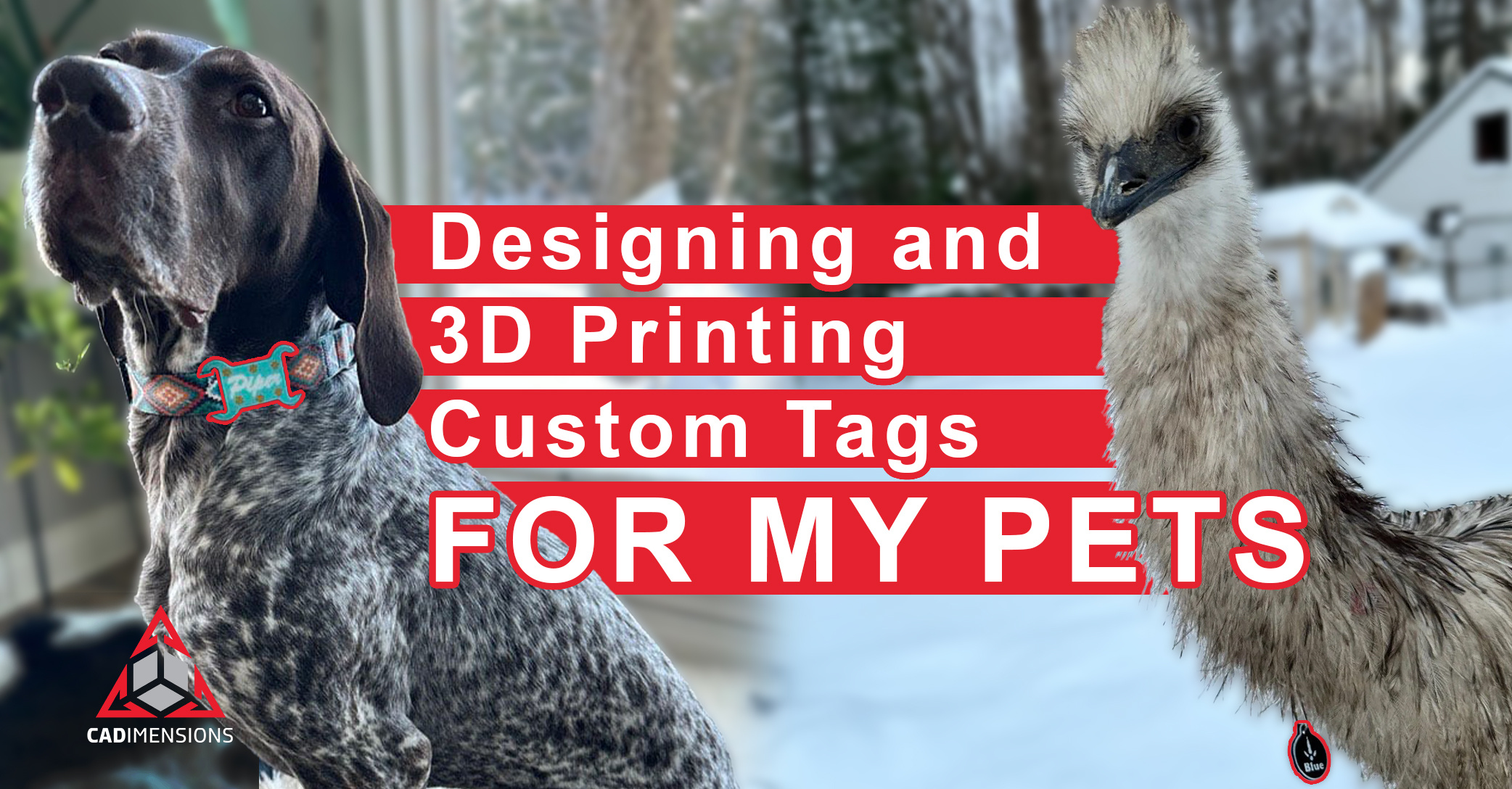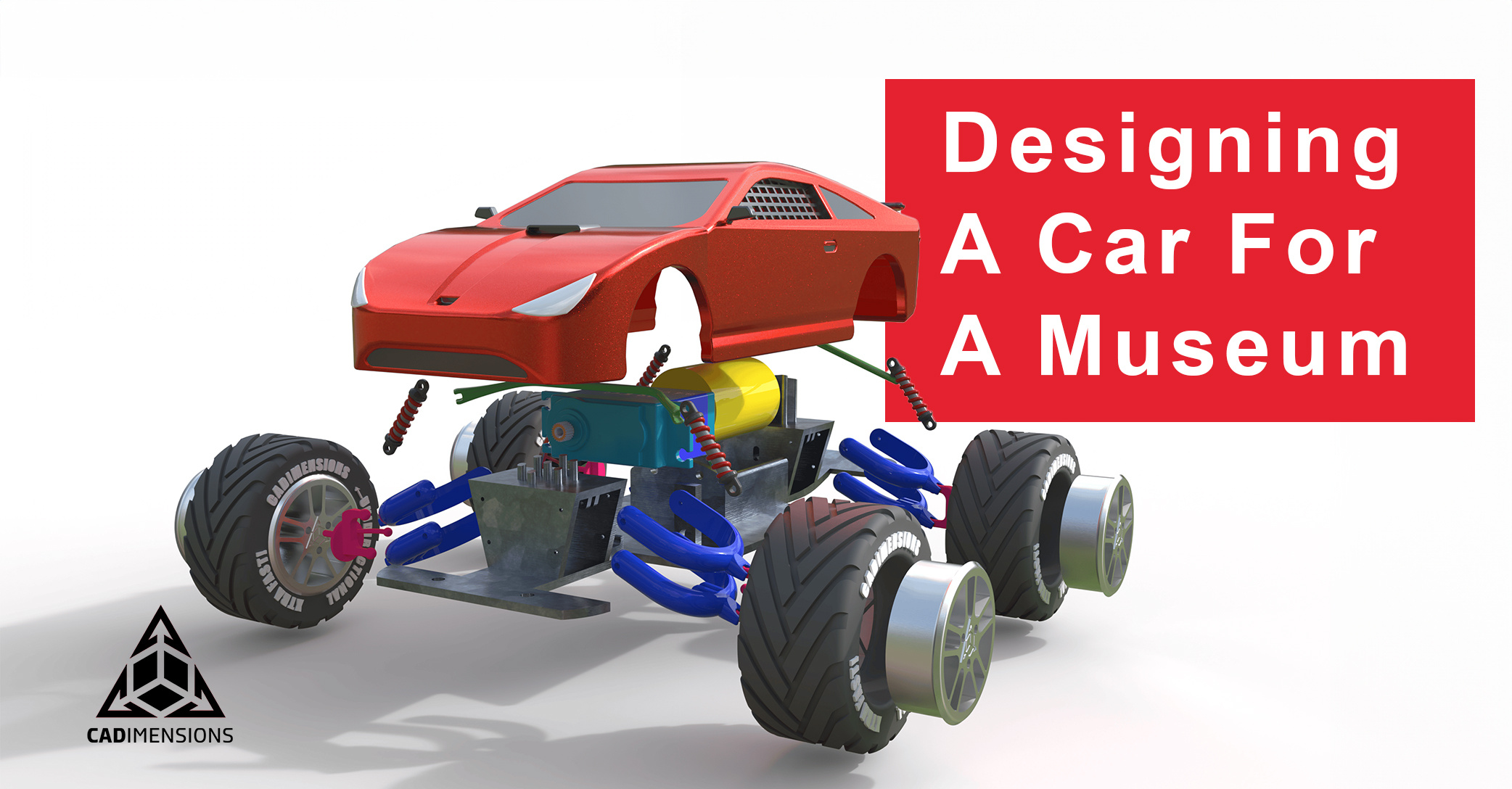Idea to Invention: The Roadmap To Success
Inventing and designing a new product idea can be both an exciting and daunting process. Everything you see in the world around you, your phone, your car, your coffee maker, was once just an idea in someone’s head before it became an invention. But for every product you see, there are thousands of ideas that never make it to market. The road from taking an idea from the original “aha” moment to a manufactured product can have a lot of twists and turns. As Thomas Edison said, “Genius is one percent inspiration and ninety-nine percent perspiration.” But as long as you are willing to put in the legwork, you can bring that idea to fruition. To help you navigate the road to success, we have put together some tips and tricks to help you avoid any roadblocks.
The Seed of Innovation
As the saying goes, necessity is the mother of invention. A successful product is something that people want or need, and are willing to purchase. People are more likely to purchase something if it solves a need or a problem. It is easier to brainstorm ideas and validate the idea if it is something you encounter in your personal life. You want to think about who is your target market and is there already a product out there that is already addressing the need. And if so, can your product do it better?
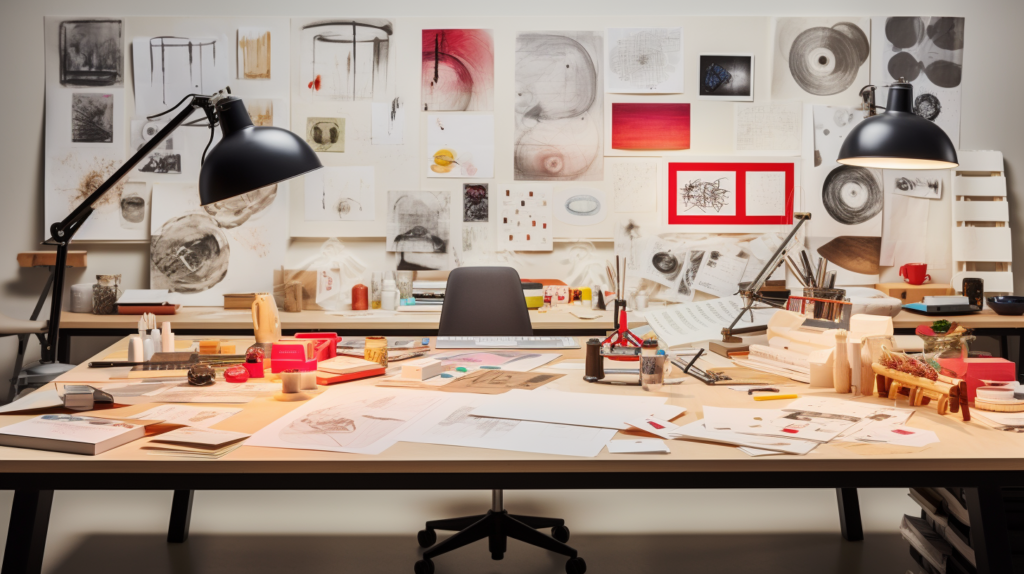
Market Research
It is critical that you do market research before you get too far invested. Even a simple Google search can provide essential information on the situation surrounding your invention. You can assess and better gauge the environment surrounding your product idea. Look to see if there are any products on the market that are similar to yours. You would be surprised how many people bypass this step! It can be easy to get so excited, and go straight into development, only to find months later, that your idea is already on the market.
The next recommendation would be to look up patents that might exist that relate to your idea. It is a good practice to search the United States Patent and Trademark Office for any patents that might already exist pertaining to your invention. After doing your due diligence, you find your invention is unique and novel, then there is the potential to apply for a patent to protect your intellectual property.
It can be tempting to share your idea with everyone and anyone who will listen, but if your idea is novel and unique, then you will want to document it and protect it by applying for a patent. You can find more information on how to do this by checking out the guide found here.
Development and Refinement of the Idea
Once you have done your research and validate your idea, it is important to refine your idea and further develop the design. If you do find products that address the same problem you are trying to solve, don’t be too disheartened. It just validates that others see a need to address that problem as well. Think about how you can do it better.
There are a lot of things to consider when developing an idea into a physical product. Is it ergonomic? Sustainable? Manufacturable? Market research is important at this stage of development as well.
For instance, let’s take a look at the development of a new consumer product we designed in-house. We first considered the problem that we wanted to address. We noticed that many people have shopping lists on their phones and want to have easy access to it while shopping. A lot of people carry bags as well, for instance reusable shopping bags or purses. Every time you want to check your digital list, you have to fumble in your bag or pocket to find your phone. Also if you throw your reusable bags in the cart, they get covered with the groceries, and you’re left fumbling at the end to dig them from the bottom at check out. There is also a concern for cleanliness.
This lead to the idea of a custom phone and bag holder. Something that was quick and easy to use was crucial. Something to hold your bags and leave them accessible. We did our research and found a desire for a product like this, when we found a major box store was now including a built in phone holder to their carts. Although this is technically competition, the thought was, how can we do it better?

Discover the Innovator's Path. Unlock the Secrets of the Patent Process!
In the ever-evolving world of innovation, knowledge is power. Equip yourself with the tools and insights to protect your groundbreaking ideas and make a lasting impact. So don't miss out! Your blueprint to navigating the patent process with confidence awaits.
The Forming Concept
After some brainstorming, a concept was developed for a removably attached phone holder that also included a hook for added function. Some things considered were: How can we do it better than what already exists? What makes ours unique? It is a good idea to look at the strengths and weaknesses of your idea. This allows you to come face to face with challenges.
We wanted our product to be quickly and easily attached, one-handed application would be ideal. We wanted it to be simplistic, so that it was easily cleanable. This would make ours stand out against the competitors product, who’s permanent attachment to a cart could have cleanliness concerns. A challenge we anticipated was making a hook that would support the weight of a bag and not break or twist from the added weight.
Another thing we considered was how we can extend our market reach; where else could this product be utilized? For instance, could it be used on a push mower, a stroller, or exercise equipment? The more versatile, the better, and the more likely it would be successful.
Bringing the Idea to Life
After research and brainstorming, two concepts were developed. One with a flexible strap that was secured and fastened similar to a watch band. The other used a spring loaded clamp and was secured with a set screw. Both concepts were developed in SOLIDWORKS, where a 3D digital representation could be assessed and refined. Secondary components such as fasteners were also added to the SOLIDWORKS assembly. Tolerances were assessed and modified, and different models of phones were added for comparison. A bill of materials was created to order necessary components for prototype assembly.
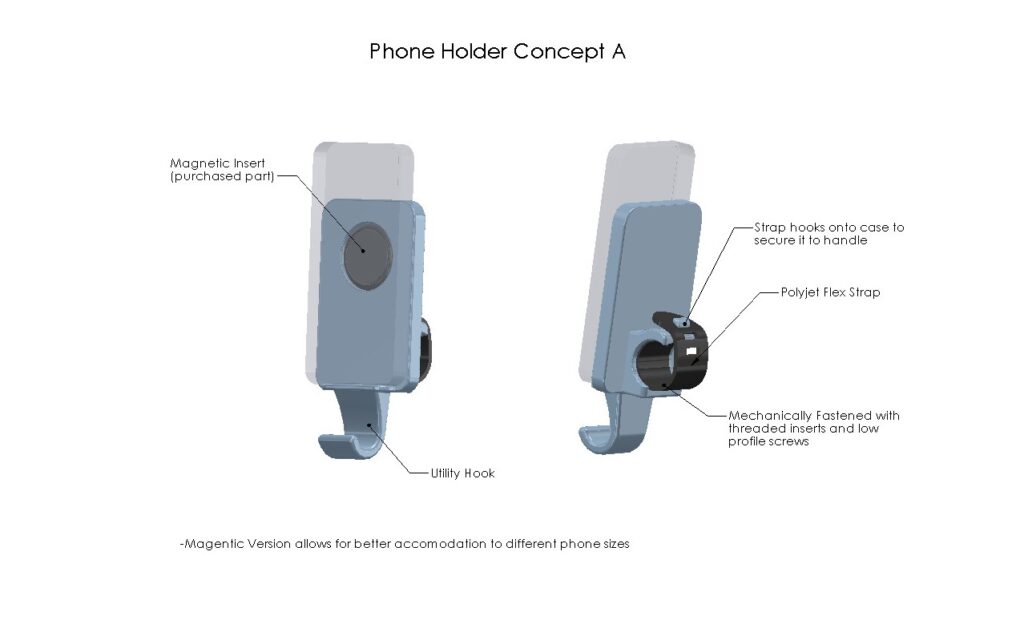
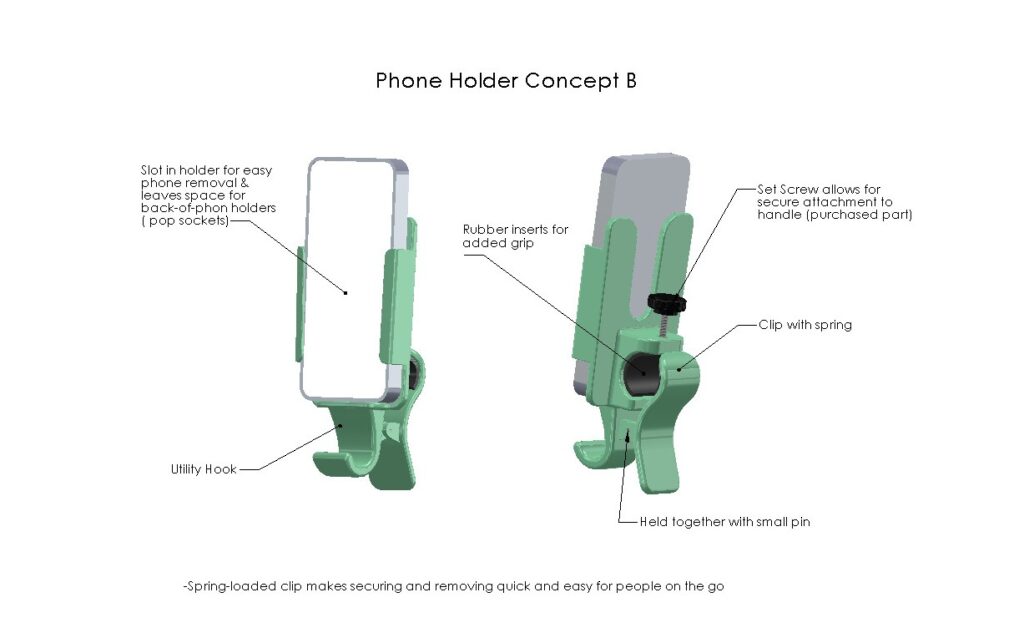
With a CAD file, teammates can collaborate on refinements and share ideas. Even people who cannot open native SOLIDWORKS files can participate by using different viewers and tools, such as the 3DEXPERIENCE platform.
The CAD file can also be used in a Simulation, testing how much force can be applied to a feature before it fails. SOLIDWORKS Simulation was used to test how much weight the hook we designed could hold before it snapped as well as how many uses the product can undergo before it breaks. This would simulate how heavy of a bag could our product hold. You can see our simulation of this product concept here.
3D Printing the Prototypes
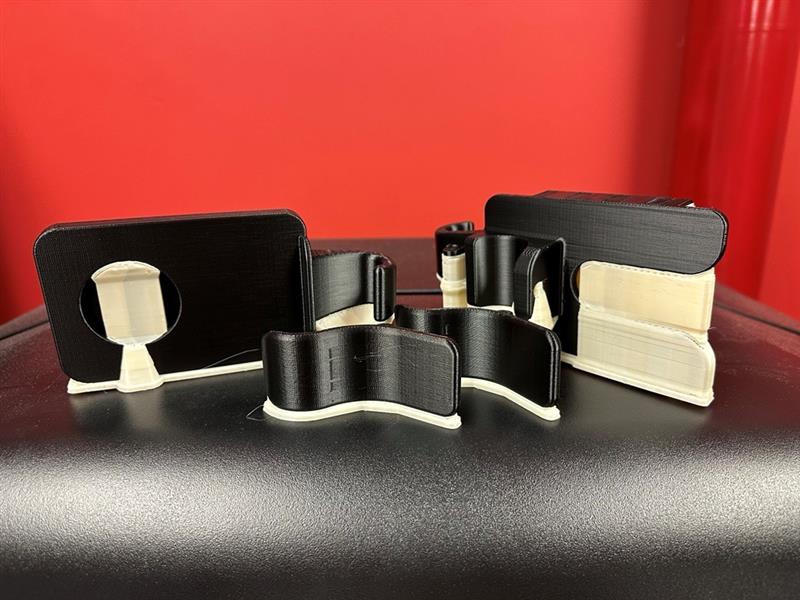
Once happy with the designs, those files were used to create 3D-printed prototypes of both concepts. A prototype is critical to test the design, to check tolerances, and assess the ergonomics and function of the product. Testing multiple ideas is recommended as sometimes you can combine the best features of each into a final, refined design.
For instance, with the design of the phone holder, both concepts were printed and tested. They were both taken into the field and tried on different carts and applications. Bystanders who witnessed the testing even had some insights themselves. One person commented that they would like the device to swivel, so that the phone could provide entertainment for restless children in the cart. It is great to get outsider feedback for the valuable insights of prospective customers! Please note however, if you are applying for a patent, try to not expose your product to the public unless you have a provisional patent already in place.
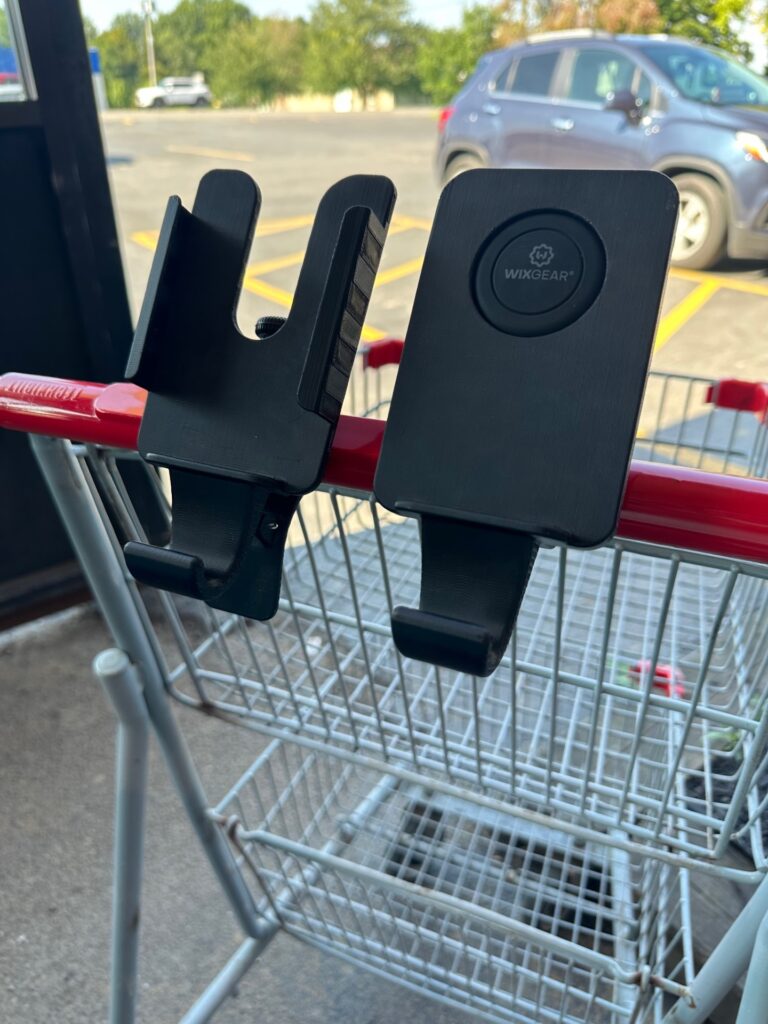
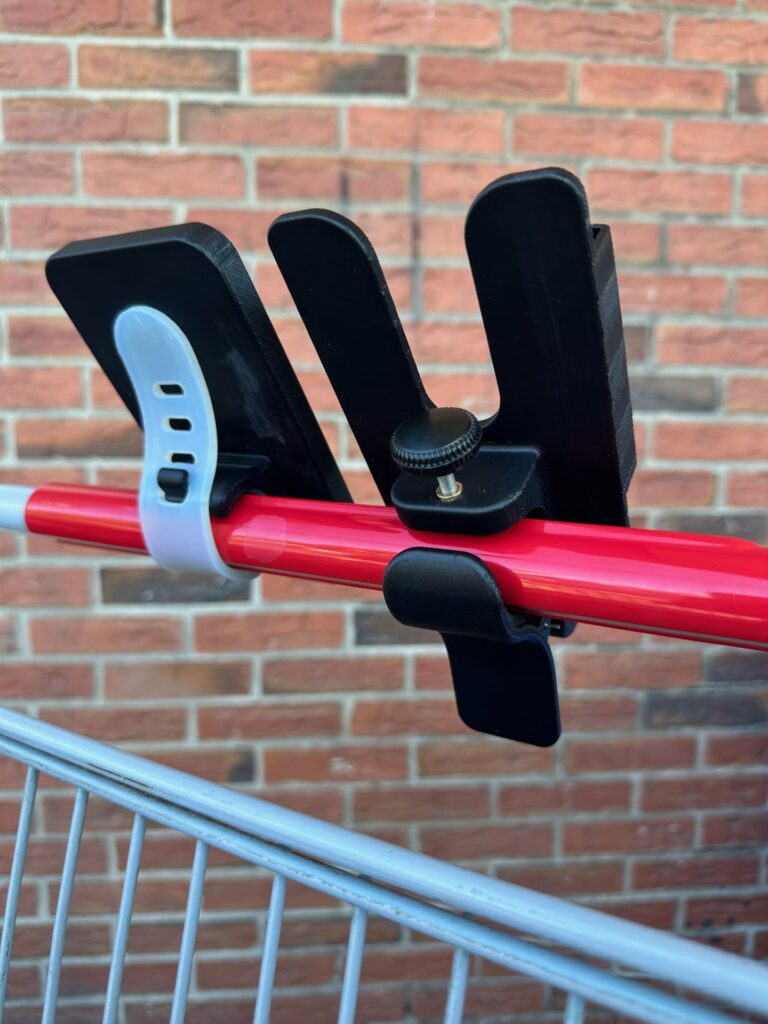
Next Steps
After testing both concepts, we decided to progress with the clip-on version. It held the bag in place better, and the set screw prevented the device from spinning. The arms holding the phone were also superior, as it secured the phone better and was more versatile, as it worked with phones that did not have a MagSafe feature. One improvement we found would be to use a nylon-tipped set screw, as it would prevent scratching to the cart handle.
Once you make and test the prototype of your product, you will most likely revise it and test it further. It is all a part of the process! Your revised CAD model can then used to create drawings and specifications of the product for manufacturing. These drawings would be supplied to manufacturers to obtain quotes for mass production. Similarly, the CAD file can be used to create images and figures for patent drawings when filing a utility patent. The same file can even be used to create renderings for marketing purposes.
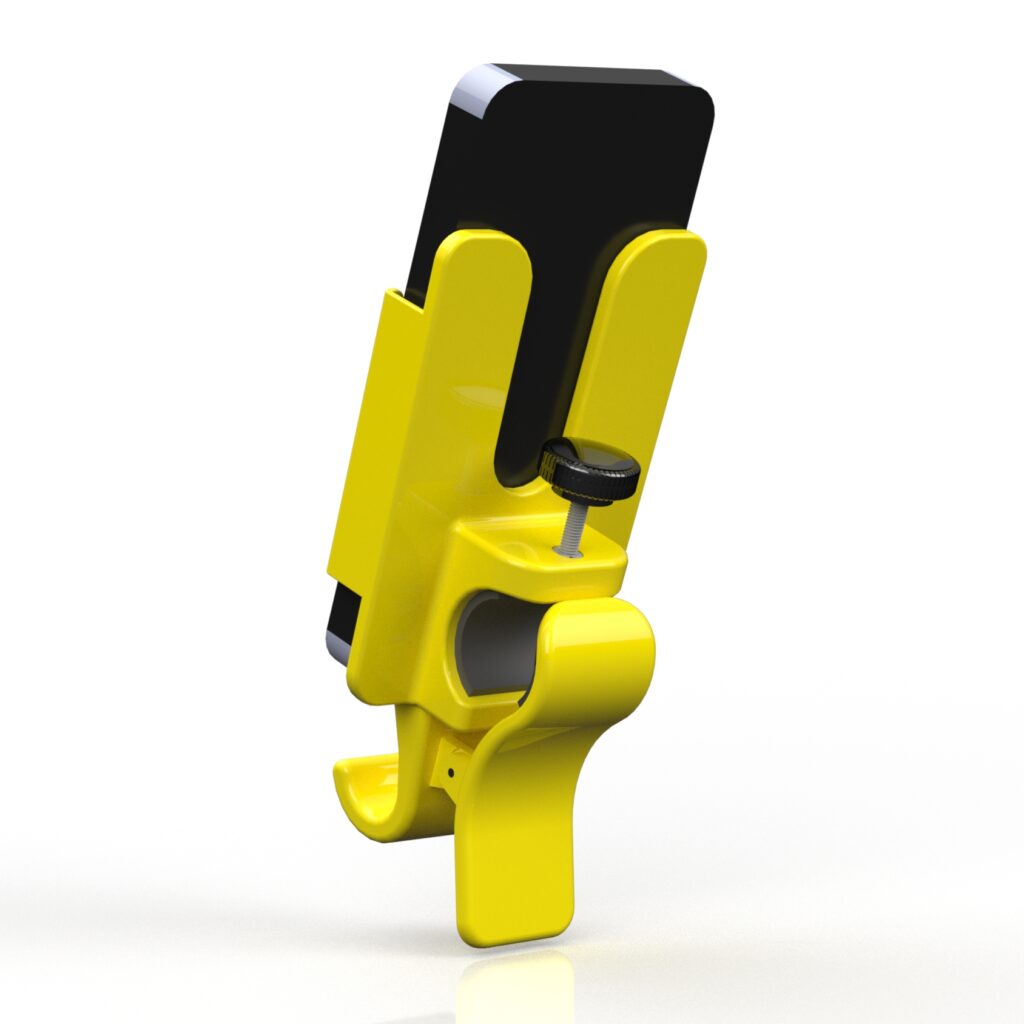
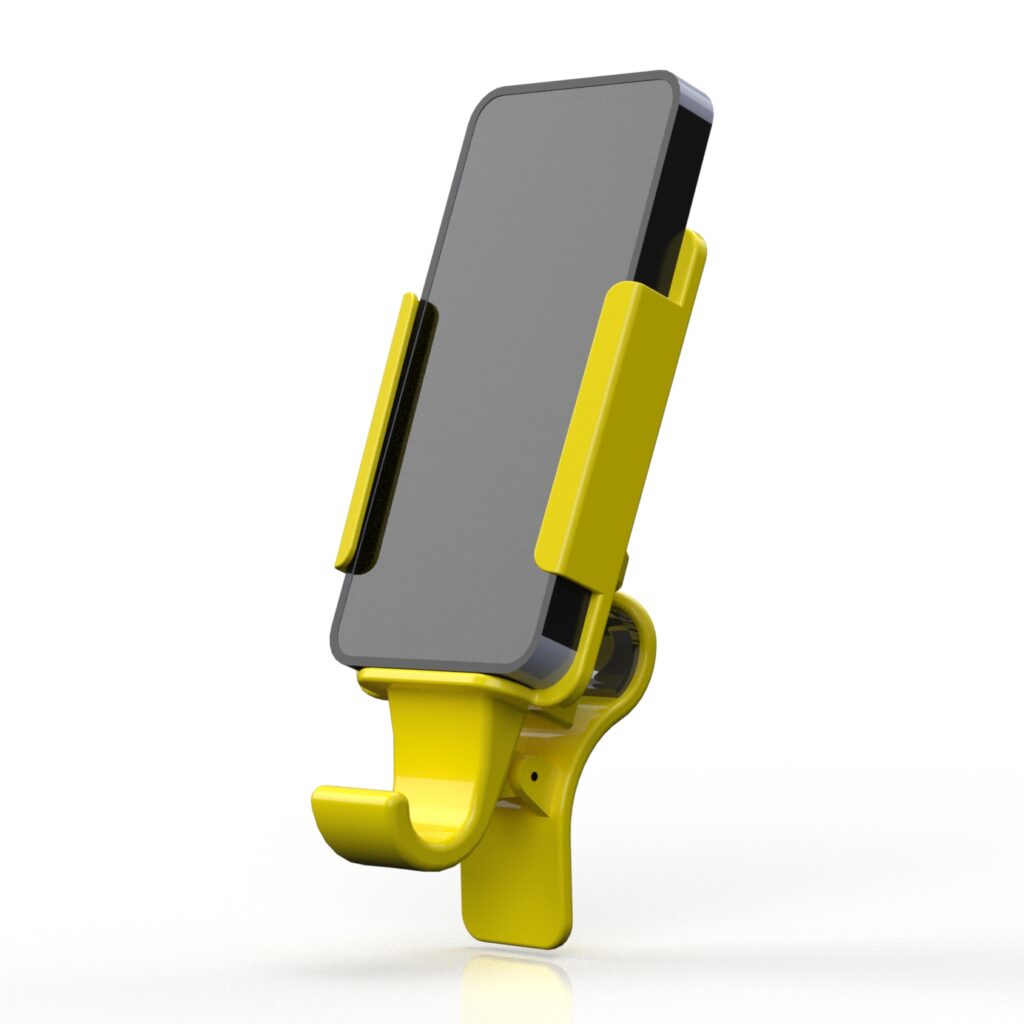
Start Inventing!
The possibilities are endless, especially with the tool and resources readily available. However, if you find yourself looking for some extra help in the process, our team at CADimensions might be able to lend a helping hand. Explore our comprehensive patent guide to learn how to get your great idea out of the sketch pad and to the masses.




